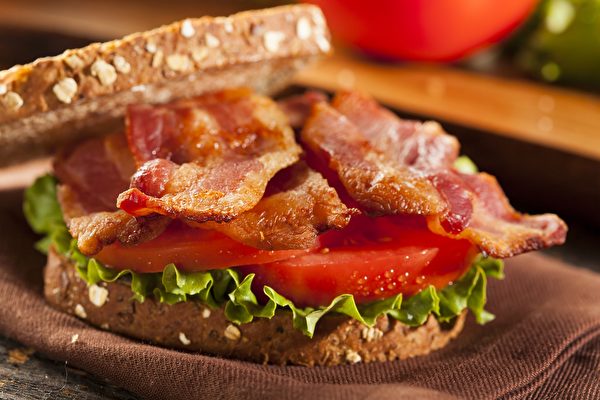The United States election is underway with both party candidates making efforts to appeal to voters. Despite significant differences on most issues between Democratic presidential candidate Kamala Harris and Republican presidential candidate Donald Trump, they have found common ground on one issue: the soaring price of bacon.
The price of bacon has indeed seen a significant increase. According to federal data, bacon prices in the United States reached a peak in January 2022 at $7.60 per pound, marking a 30% increase from October 2019.
In September, the average price of bacon was $6.95 per pound, representing a 25% increase from five years ago. Data from the Department of Labor shows that this price surge aligns with a 29% overall increase in food prices during the same period. However, bacon prices in September were 1.8% lower compared to the same time last year.
Trump mentioned this during his debate with Harris on September 10 and reiterated the issue during an interview on NBC’s “Meet the Press” a week later.
“Consumers are not in good shape right now,” Trump said during the interview. “The price of bacon has increased a lot.”
Harris proposed banning food companies from “price-gouging,” arguing that some companies continue to raise prices to boost profits long after pandemic-related supply issues have subsided.
Although the U.S. inflation rate has eased from its peak in 2022, food prices remain high.
Several factors have contributed to the high cost of bacon in recent years, as highlighted by the Associated Press:
In the U.S. meat processing industry, workers stand closely together on production lines. In spring 2020, major bacon producers like Smithfield Foods and Tyson Foods temporarily closed factories after thousands of workers fell ill or died, leading to supply shortages.
The U.S. Department of Agriculture stated that in 2020, increased demand for pork from China, replenishing losses due to African swine fever, led to a 75% growth in U.S. pork exports to China, resulting in reduced pork supply nationwide.
In 2020, bacon prices in the U.S. rose by 6%.
Meat companies paid pandemic bonuses and invested in protective equipment to resume operations. Tyson Foods required all 139,000 of its workers to be vaccinated against COVID.
By the end of 2021, Tyson said it had spent over $800 million on bonuses, vaccine clinics, and other COVID-related measures. To recoup these costs, the company raised pork product prices by 25% in 2021.
After working at great risk during the pandemic, many workers demanded better wages and benefits. In June 2021, a union at Smithfield threatened to strike after contract negotiations broke down, resulting in increased wages for workers. Bacon prices in the U.S. rose by 24% in 2021.
In February 2022, Russia’s invasion of Ukraine led to a global surge in wheat and corn prices, driving up the cost of livestock feed. Iowa State University stated that feed costs rose by 24% between 2021 and 2022. In early 2022, JBS, a major U.S. pork processor based in Brazil, had to raise prices to offset the increased cost of animal feed.
The three major bacon producers – Tyson, Hormel, and JBS – reported that bacon prices hit a peak of $7.61 per pound in 2022, setting record sales figures.
Ultimately, these high prices impacted demand. Nielsen data showed that in the year ending October 1, 2022, U.S. consumers purchased 8% fewer packs of bacon compared to the previous year. Prices continued to decline by the end of 2022.
In 2022, bacon prices in the U.S. dropped by 3.7% to $6.95 per pound.

